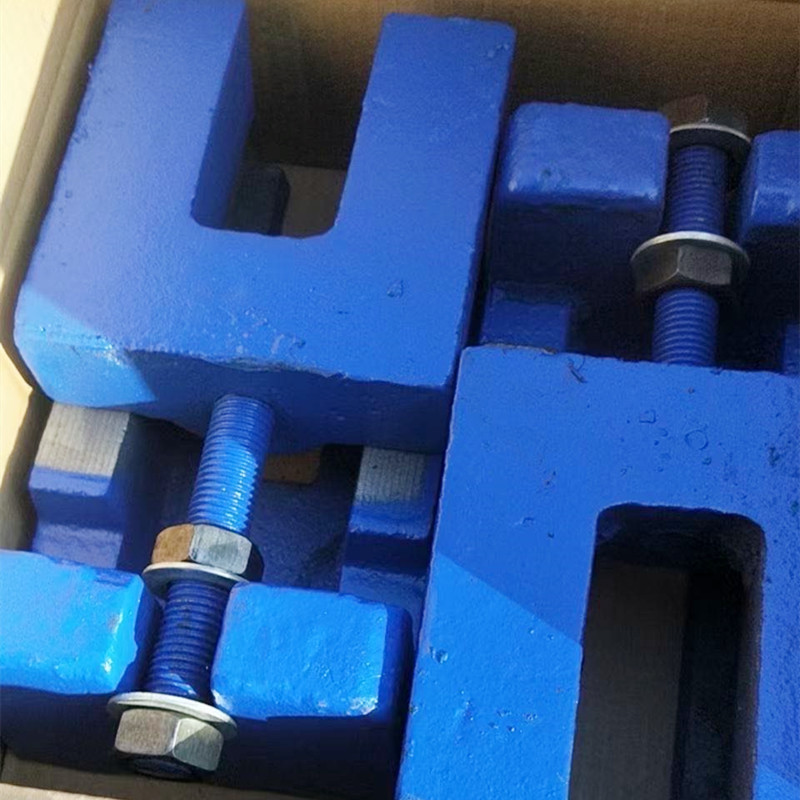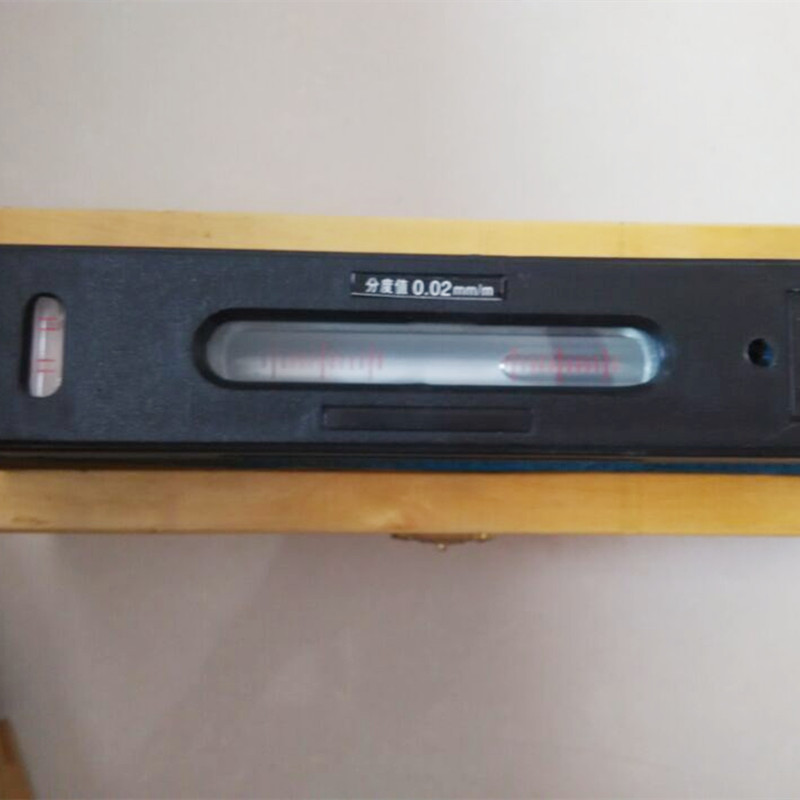Novemba . 22, 2024 08:44 Back to list
check valve and non return valve
Check Valves and Non-Return Valves Understanding Their Importance in Fluid Systems
In the realm of fluid dynamics and engineering, check valves and non-return valves play crucial roles in controlling the flow of liquids and gases within pipelines and machinery. Both types of valves are designed to prevent reverse flow, but they serve specific purposes and come in various designs, each suited for particular applications. Understanding these components is essential for engineers, technicians, and anyone involved in fluid management.
What is a Check Valve?
A check valve, also known as a one-way valve or non-return valve, is a mechanical device that allows fluid to flow in one direction only. Its primary function is to prevent backflow in a system, which could otherwise lead to contamination, inefficiencies, or damage to vital equipment. Check valves are commonly used in applications such as water supply systems, sewage lines, and pipelines transporting oil or gas.
These valves are engineered with a simple mechanism a disc or flap that moves to allow fluid to pass through in the desired direction and closes automatically when the flow reverses. This action occurs due to the differential pressure across the valve. If the pressure outside the valve exceeds that within the line, the valve closes, thereby preventing backflow.
Types of Check Valves
There are several types of check valves, each with unique characteristics that make them suitable for different applications
1. Swing Check Valves These feature a swinging disc that pivots on a hinge. They are ideal for applications with high flow rates but may not be suitable for low-pressure systems.
2. Lift Check Valves In this design, the disc moves vertically to allow flow. These valves are more efficient at lower flows and are often found in high-pressure applications.
check valve and non return valve

3. Ball Check Valves These utilize a spherical ball that moves within a socket. They are often used in applications where space is constrained, as they are compact and effective at preventing backflow.
4. Spring Loaded Check Valves These feature a spring mechanism that holds the valve closed until enough pressure is applied to open it. They provide additional control over flow rates.
The Role of Non-Return Valves
The term non-return valve is often used interchangeably with check valves, but in some contexts, it can refer to valves with more specific functionalities. Non-return valves are typically designed to prevent backflow in systems such as heating and cooling equipment, firefighting systems, and wastewater management. The concept of preventing reverse flow applies equally to both check valves and non-return valves, with each classification serving specific engineering needs.
In heating systems, for example, non-return valves help maintain system pressure and ensure the proper circulation of hot water. In industrial applications, they can protect expensive equipment by preventing backflow that could cause overheating or damage.
Importance in Industry
The necessity of check valves and non-return valves cannot be overstated. They contribute significantly to the safety, efficiency, and reliability of fluid systems. By preventing backflow, they help maintain the integrity of a system, reduce the risk of cross-contamination in potable water lines, and protect pumps and other equipment from damage.
In summary, check valves and non-return valves are essential components of fluid systems. Their ability to control flow direction and prevent backflow ensures optimal operation of various industrial, commercial, and residential applications. As technology advances, the designs and materials used in these valves continue to evolve, offering greater reliability and performance in fluid management. Understanding their functions and applications is crucial for anyone involved in the engineering or maintenance of fluid systems.
-
Safety Standards in Welding Fabrication Table Manufacturing ProcessesNewsJun.30,2025
-
Impact of Temperature Fluctuations on Ring Gauge AccuracyNewsJun.30,2025
-
History of Cast Iron Surface Plates in ManufacturingNewsJun.30,2025
-
Eco-Friendly Granite Measuring ToolsNewsJun.30,2025
-
Surface Plate Maintenance Best Practices for LongevityNewsJun.27,2025
-
Historical Evolution of Iron Surface Plates in Industrial MetrologyNewsJun.27,2025
Related PRODUCTS









